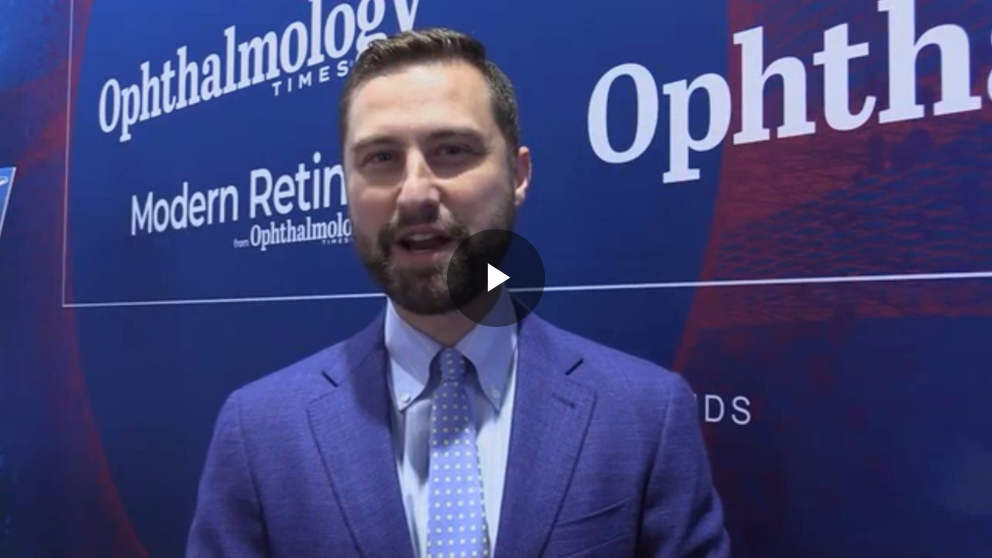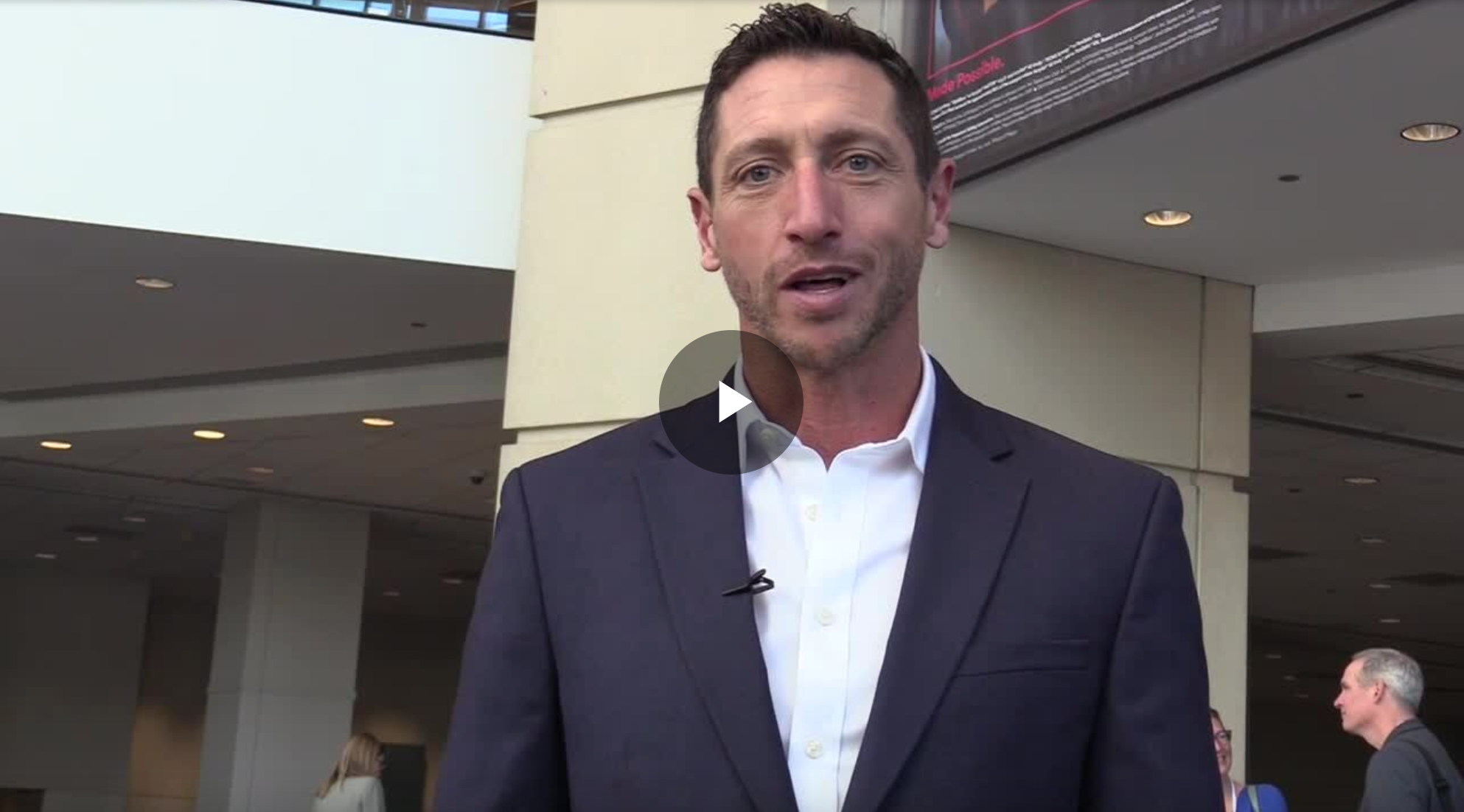Jetrea gets NICE reimbursement recommendation
United Kingdom’s National Institute for Health and Care Excellence (NICE) has provisionally recommended ocriplasmin (Jetrea, ThromboGenics NV) for reimbursement within the National Health Service (NHS).
Leuven, Belgium-United Kingdom’s National Institute for Health and Care Excellence (NICE) has provisionally recommended ocriplasmin (Jetrea, ThromboGenics NV) for reimbursement within the National Health Service (NHS).
The NICE Appraisal Consultation Document (ACD) initially recommended ocriplasmin as an option for treating vitreomacular traction (VMT) in adults, including when associated with a macular hole of ≤ 400 µm, when patients have severe symptoms and an epiretinal membrane is not present.
Ocriplasmin is the first pharmacologic treatment for patients diagnosed with VMT and a macular hole diameter of ≤400 µm and was approved in the European Union in March 2013. The drug was launched in the U.K., the first market in Europe, in April.
The NICE appraisal committee considers evidence submitted by the manufacturer and makes a judgment on whether or not the technology should be recommended as a clinically and cost-effective use of NHS resources, or whether it should only be recommended for specific subgroups of patients. NICE then invites comments on the ACD. The committee finalizes its recommendations and submits them to NICE in the form of a Final Appraisal Determination (FAD). The final NICE guidance on Jetrea is expected in the third quarter of 2013.
“We are delighted by the preliminary NICE recommendation for Jetrea,” said Patrik De Haes, MD, chief executive officer of ThromboGenics. “We particularly welcome NICE’s endorsement that [ocriplasmin] is a cost-effective use of finite NHS resources, and represents good value for money in the patients in whom it is recommended.”
“People affected by VMT and macular hole can suffer significant vision distortion that can make it difficult for them to read, watch TV, and drive,” added Tim Jackson, consultant retinal surgeon at King's College Hospital. “For suitable patients, it offers a simple treatment that may avoid the need for eye surgery, and means patients unsuited to surgery can now be treated, often before their condition deteriorates.”
For more articles in this issue of Ophthalmology Times eReport, click here.




.png&w=3840&q=75)











